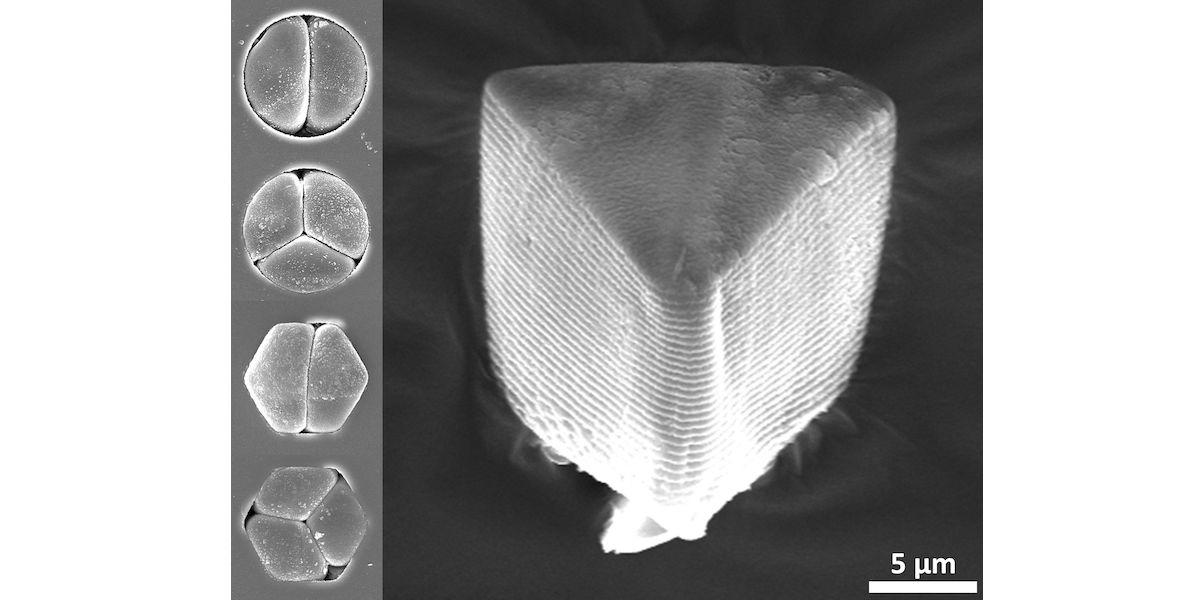Penn and KIST Researchers Offer Insights Into Lightweight Material That Expands With Heat

When it comes to taking up room without adding too much weight, the bubble can’t be beat. Because they are mostly air, they’re ultra-lightweight and can expand to fill any given space.
Researchers at the University of Pennsylvania, in collaboration with researchers from the Korea Institute of Science and Technology recently found a way to exploit these properties of bubbles to create “microbombs,” a type of material that expands with heat to form “microclusters,” which fit themselves to fill their physical confinement.
When expanding to large volumes and filling spaces, microclusters become extremely lightweight with soft and adaptable boundaries. Using this material, the researchers hope to be able to improve heat and sound insulation, electromagnetic interference shielding and a process called jamming that has been used in robotics and materials design.
The research was co-led by postdoc Hyesung Cho, who was advised by Shu Yang, a professor of materials science and engineering in Penn’s School of Engineering and Applied Science, and postdoc Seunggun Yu, who was advised by Chong Min Koo, center head and principal research scientist at Materials Architecturing Research Center at KIST. Their results were published in Nature Communication.
In addition to determining how many bubbles were needed to occupy a given space, the researchers wanted to know how this material would fill templates and whether they could inscribe patterns on the clusters’ surfaces.
“We got our inspiration from how farmers in Japan make square-shaped watermelons,” Cho said, “by growing them in plastic cages.”
To investigate this, the researchers prepared microwells from a rigid material that could not be deformed against the expansion of microbombs. They then carefully heated the microbombs, causing them to expand, thinning the shell around the “bubble” without fracturing it.

Using this strategy, the researchers were able to create microclusters with a wide variety of shapes, such as circles, triangles, squares, pentagons and hexagons, and partitions (from single to multiple units per cluster), edge profiles (from round to sharp corners) and hierarchy. They were able to transfer micro-nanopatterns onto the surface of the microclusters.
“The nice thing with our approach,” Yang said, “is that we can actually inscribe any pattern into the wall inside of the physical confinement, so, when the material expands and softens, it will mold the pattern from the wall into those beads.”

Continue reading at Penn News.
